The art of Kundan, a traditional Indian jewelry-making technique, has captivated the world with its intricate craftsmanship and timeless beauty. Originating in the royal courts of Rajasthan and Gujarat, this method involves setting precious stones, typically uncut diamonds or polki, into a gold framework without the use of adhesive. Instead, the stones are secured by highly refined gold foil, known as Kundan, which is pressed around the edges of each gemstone. The result is a dazzling piece of jewelry that exudes opulence and sophistication.
Kundan is not merely a technique; it is a testament to the skill and patience of Indian artisans. The process begins with the creation of a gold base, often intricately designed with motifs inspired by nature, mythology, or Mughal architecture. Once the base is ready, the artisan carefully places each stone into its designated spot. The Kundan foil is then applied, and the edges are meticulously pressed to hold the stones in place. This labor-intensive process can take weeks or even months to complete, depending on the complexity of the design.
The history of Kundan dates back to the Mughal era, when it was patronized by emperors and nobility. The Mughals, known for their love of fine jewelry, elevated this craft to new heights by incorporating it into their regalia. Over time, Kundan镶嵌 became synonymous with luxury and was often used to adorn bridal jewelry, particularly in North India. Even today, Kundan jewelry remains a staple in Indian weddings, symbolizing prosperity and marital bliss.
What sets Kundan apart from other jewelry-making techniques is its versatility. While it is traditionally associated with heavy, statement pieces, contemporary designers have adapted it to create lighter, more wearable designs. From earrings and necklaces to bangles and rings, Kundan can be found in a variety of forms. Modern interpretations often combine Kundan with other techniques, such as Meenakari (enameling) or Jadau (gemstone encrustation), to create unique, multi-dimensional pieces.
The allure of Kundan lies in its ability to transform raw materials into works of art. Each piece tells a story, reflecting the cultural heritage and artistic sensibilities of its maker. The stones, though uncut, possess a natural brilliance that is enhanced by the gold foil. The interplay of light and shadow creates a mesmerizing effect, making Kundan jewelry a favorite among collectors and fashion enthusiasts alike.
Despite its ancient origins, Kundan has found a place in the modern world. Designers are increasingly experimenting with unconventional materials and designs to appeal to younger audiences. For instance, some have introduced Kundan in minimalist settings, using smaller stones and sleeker frames. Others have incorporated colored gemstones or pearls to add a contemporary twist. These innovations ensure that the art form remains relevant while preserving its traditional essence.
The global appeal of Kundan cannot be overstated. In recent years, international celebrities and fashion icons have been spotted wearing Kundan jewelry, further cementing its status as a symbol of elegance. High-end fashion houses have also embraced this technique, featuring Kundan in their collections. This cross-cultural appreciation has opened new avenues for Indian artisans, providing them with opportunities to showcase their talent on a global stage.
However, the future of Kundan is not without challenges. The rise of machine-made jewelry and synthetic materials has posed a threat to this handcrafted art form. Many artisans struggle to compete with mass-produced alternatives, which are often cheaper and quicker to make. Additionally, the younger generation is increasingly drawn to Western styles, leaving traditional crafts like Kundan at risk of fading into obscurity.
Efforts are being made to preserve and promote Kundan. Government initiatives, such as the Geographical Indication (GI) tag, have been introduced to protect the authenticity of this craft. Non-profit organizations and design institutes are also working to train new artisans and revive interest in traditional jewelry-making techniques. By combining innovation with tradition, these efforts aim to ensure that Kundan continues to thrive for generations to come.
In conclusion, Kundan is more than just a jewelry-making technique; it is a cultural legacy that embodies the richness of Indian craftsmanship. Its intricate designs, historical significance, and adaptability make it a cherished art form. As the world evolves, so too must Kundan镶嵌, finding new ways to resonate with contemporary audiences while staying true to its roots. Whether worn by a bride on her wedding day or a fashionista on the red carpet, Kundan jewelry will always be a symbol of timeless beauty and artistic excellence.

By Megan Clark/Apr 28, 2025
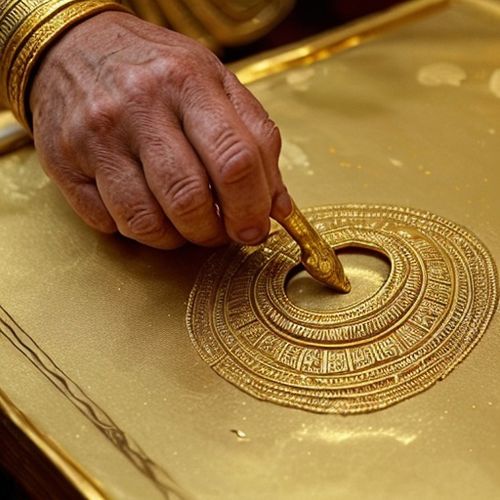
By Daniel Scott/Apr 28, 2025
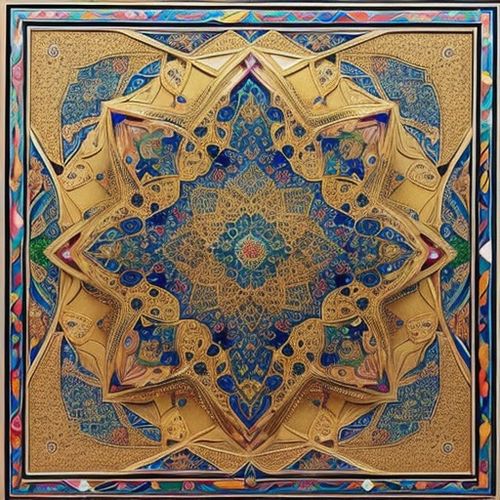
By Christopher Harris/Apr 28, 2025
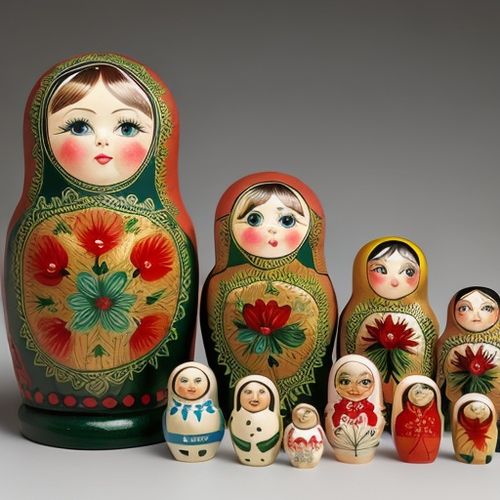
By Daniel Scott/Apr 28, 2025
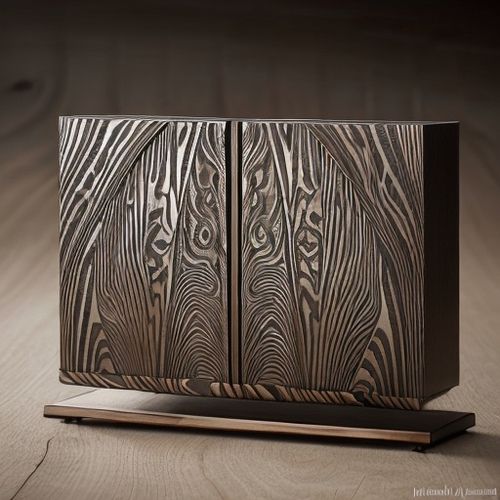
By Megan Clark/Apr 28, 2025
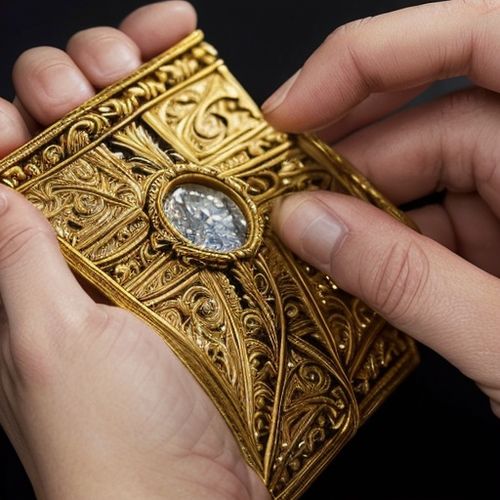
By Grace Cox/Apr 28, 2025
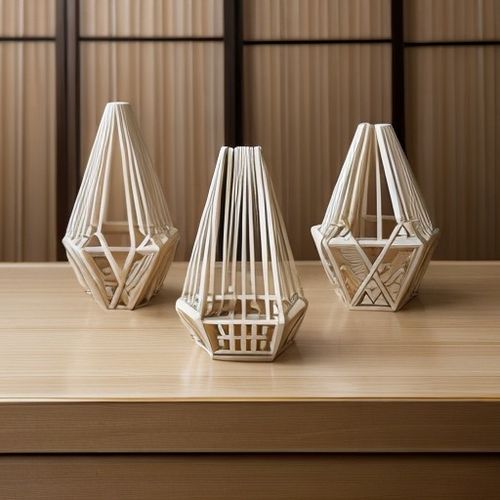
By James Moore/Apr 28, 2025

By Rebecca Stewart/Apr 28, 2025
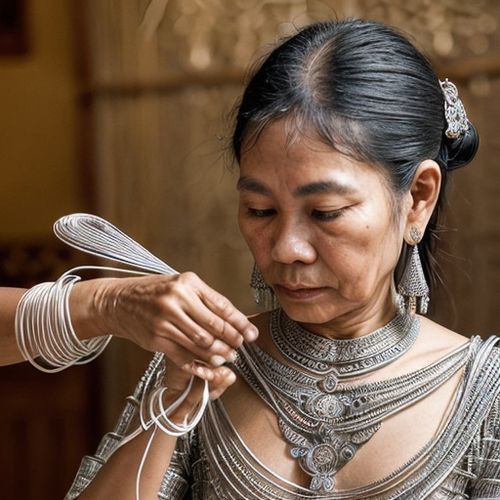
By Jessica Lee/Apr 28, 2025
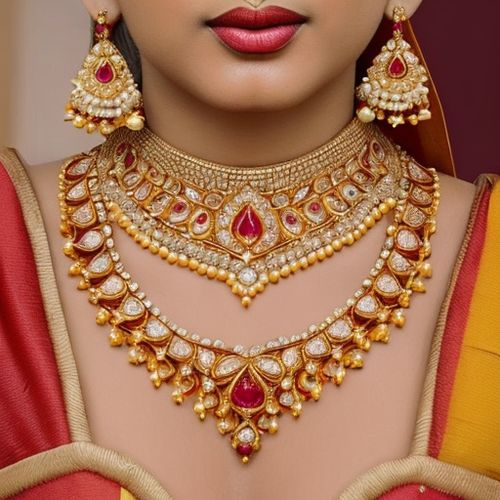
By Laura Wilson/Apr 28, 2025
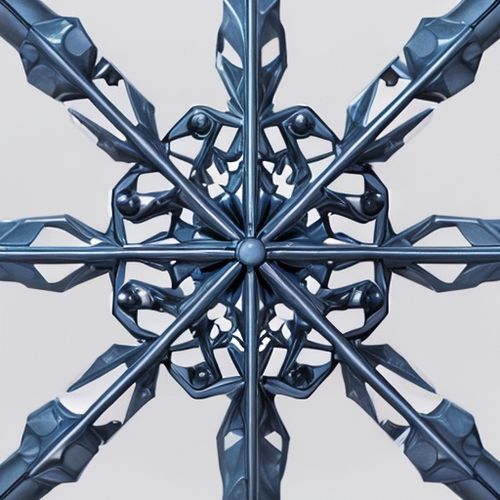
By Emily Johnson/Apr 28, 2025

By John Smith/Apr 28, 2025

By Thomas Roberts/Apr 28, 2025
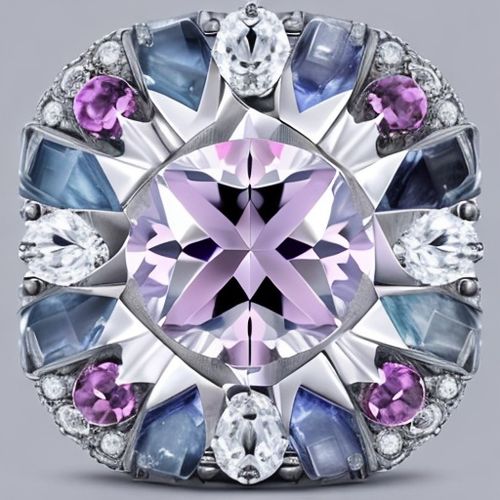
By Emma Thompson/Apr 28, 2025
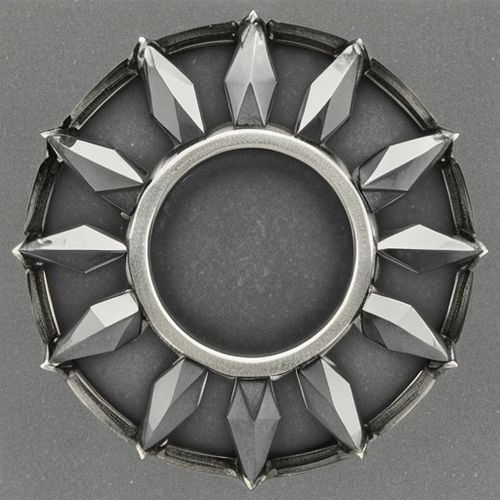
By John Smith/Apr 28, 2025

By David Anderson/Apr 28, 2025

By Olivia Reed/Apr 28, 2025
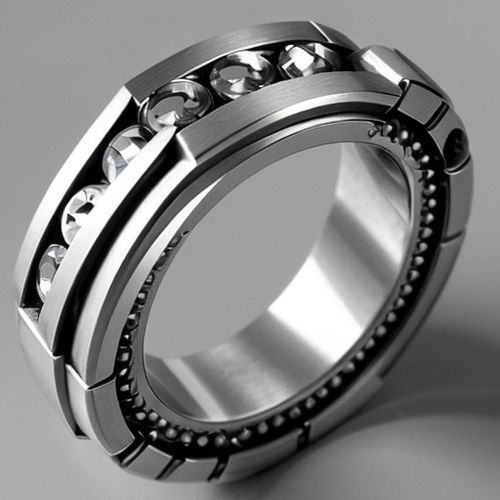
By Christopher Harris/Apr 28, 2025

By Emily Johnson/Apr 28, 2025
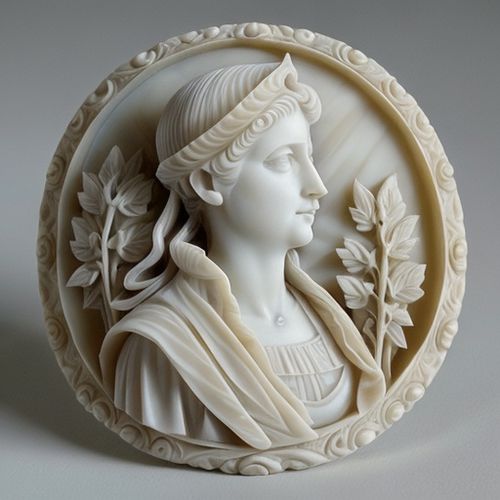
By Grace Cox/Apr 28, 2025